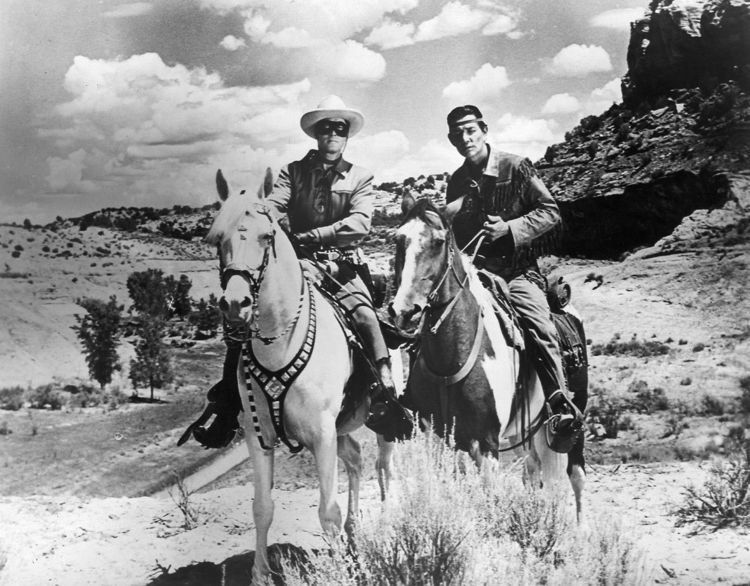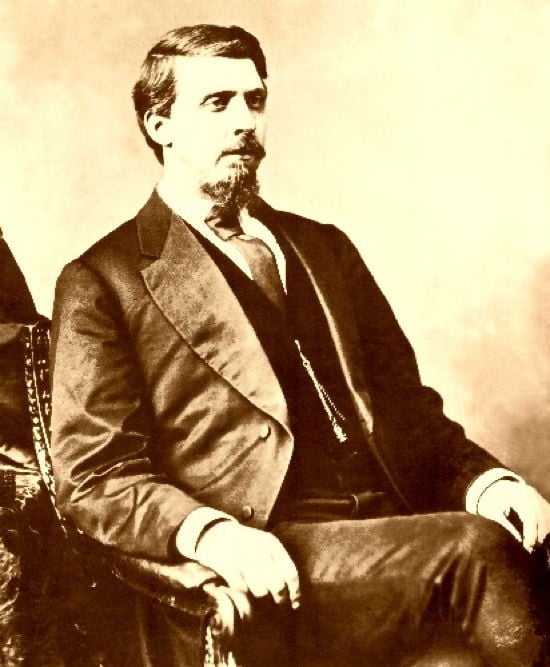He wrangled thousands of criminals, and left a silver dollar as his calling card. Yet despite being one of the most impressive Wild West figures, Bass Reeves was all but forgotten.

Contrary to what classic westerns might have us believe, one in four American cowboys was actually African-American. We don’t necessarily get that reality when the only image we have in our minds is John Wayne or The Lone Ranger.

But, in fact, the true inspiration behind The Lone Ranger (and possibly Django from Django Unchained) was real life US Deputy Marshal Bass Reeves, an African-American who fled the Civil War, befriended the Seminole and Creek Indians, and eventually became one of the greatest lawmen of the Wild West.

Bass Reeves was born a slave in 1838 in Crawford County, Arkansas. Reeves served Arkansas state legislator William S. Reeves, first as a water boy, then as a field hand. When William S. Reeves passed away, his son, George, made Bass Reeves his personal companion and servant. Then, when the Civil War broke out, Reeves went into battle with his master and fought for the Confederacy.

When all slaves were freed in 1865, Reeves was no longer a fugitive. He then left Indian Territory to farm his own land near Van Buren, Arkansas. A year later he married Nellie Jennie of Texas, with whom he raised five girls and five boys. While a successful farmer, rancher, and father, Reeves occasionally worked as a scout and used his tracking skills to help lawmen find criminals.

In 1875, Isaac C. Parker was appointed federal judge of Indian Territory. During the chaos of the Civil War, Indian Territory — where federal and state governments had had virtually no jurisdiction — became the hiding grounds for outlaws.

Parker hired U.S. Marshal James F. Fagan to lead 200 deputies in the pursuit of these outlaws. The stories of Reeves’ familiarity with the land and his own fugitive past got around to Fagan, and Reeves was soon hired on as a U.S. deputy marshal. Reeves, along with the other deputies, was ordered to bring the outlaws back to Parker — dead or alive.

Reeves took his job as a marshal very seriously. Six feet, two inches tall, the slender Reeves rode a large white stallion as he patrolled all 75,000 square miles of Indian Territory. The rough and tough lawman, with his intimidating black hat, two colt .45 Peacemakers strapped at his sides, slick suits, and polished shoes, brought over 3,000 felons to justice.

In the course of doing so, Reeves was involved in his fair share of shootouts. Despite being shot at on multiple occasions, he managed to dodge every bullet, earning him the moniker “The Indomitable Marshal.” Although Reeves’ accomplishments as a lawman greatly overshadow those of many of his more famous white contemporaries, the legend of Bass Reeves was, for the most part, lost to history. The Lone Ranger, the iconic character virtually synonymous with the myth of the American west, was played by a white man, even though his character and story were very similar to those of Reeves.
